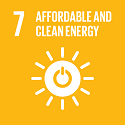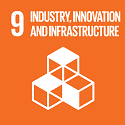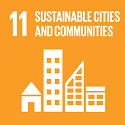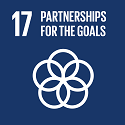Toolkit to Mainstream Innovative Design and Effective Procurement of LED Lighting
Challenge
As urbanization accelerates, municipalities must invest in safe, cost effective, and efficient public infrastructure. LED lighting is a high-impact area - retrofitting and investing in LED lighting can reduce energy expenditures by up to 70%.
At the time, the Asian Development Bank had an $8 B street lighting portfolio, and needed to make sure their investments would be efficient and environmentally sustainable and over the long term. DFI's client had world-class technology, project design and implementation experience, and a strong desire to collaborate more closely with the IFI's. Although the need for and benefit of energy efficient road lighting is clear, it is difficult for funding agencies and governments to make the case for LEDs in road projects without technical and project design capabilities.
Approach
The Toolkit – LED Road Lighting Design Manual is a knowledge management tool to support accelerated adoption of energy efficient road lighting by funding agencies and governments.
DFI worked closely with our client to build a vendor-neutral toolkit, focused on quality, comprehensive solution options within the context of development. DFI’s role was to conceptualize and socialize the toolkit, ensure strict neutrality in the design and technical details, liaise with the IFI, integrate lessons learned and pitfalls, and host the toolkit on DFI’s website.
The toolkit provides:
- Investment case for the economic, environmental, and social benefits gained from the switch to LED road lighting
- Key steps needed to design and implement an LED road lighting project as well as a step-by-step guide including technical parameters for consideration, supplier selection
- Guidance on how to avoid common pitfalls
- Financing options, including for lighting retrofit projects, and ways to apply energy savings toward the cost of the switch.
Outcomes
- Provided recommendations to ensure international standards in quality procurement for energy efficiency lighting and public transportation projects
- Ease of use tool that could be readily referenced by IFIs, countries, municipalities and companies.
- Addressed procurement of poor quality product offered without adequate performance certifications, thus ensuring higher performing projects and better value for money.
Partners
- Asian Development Bank




